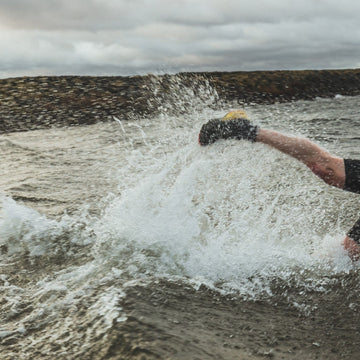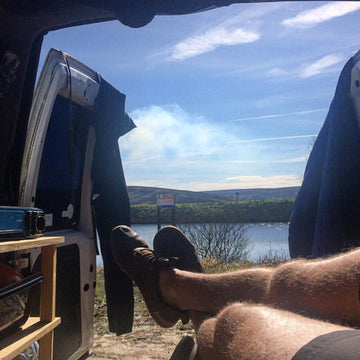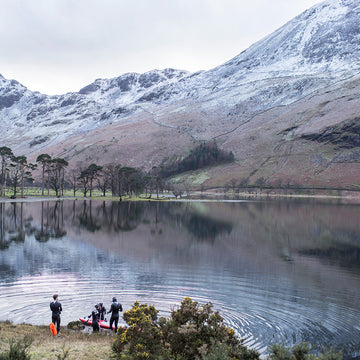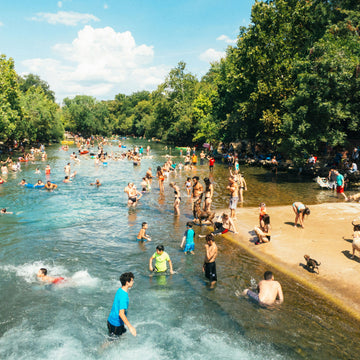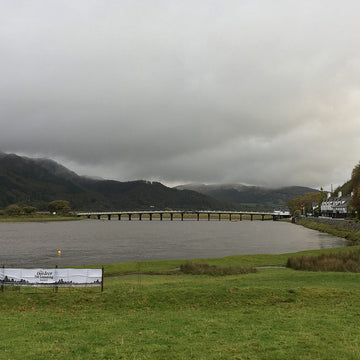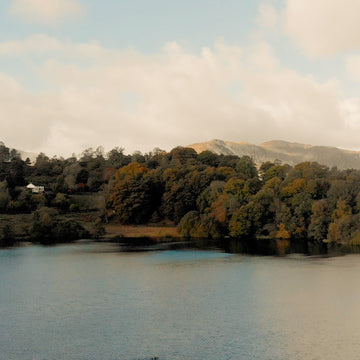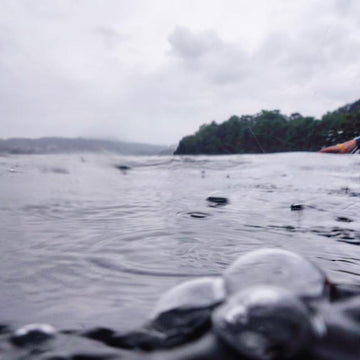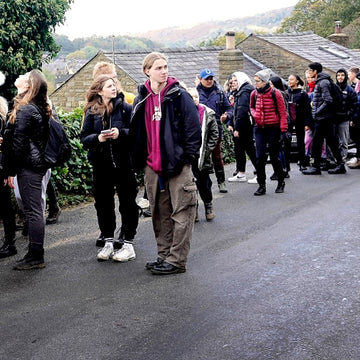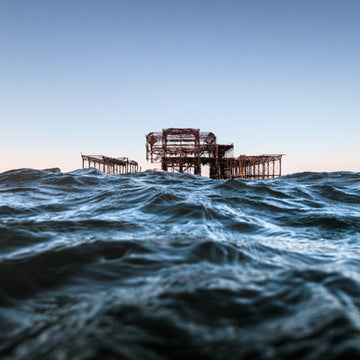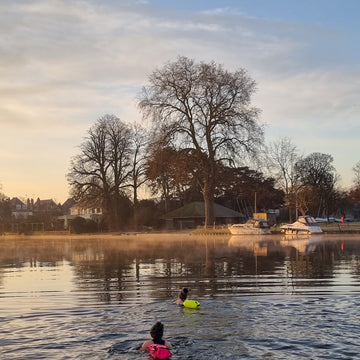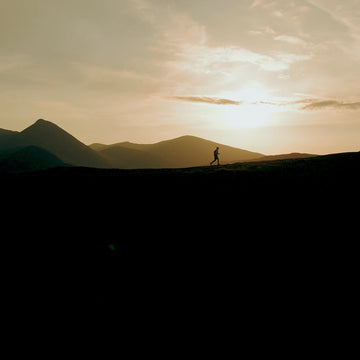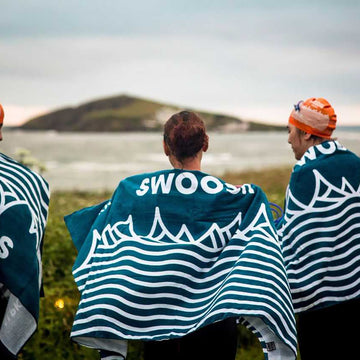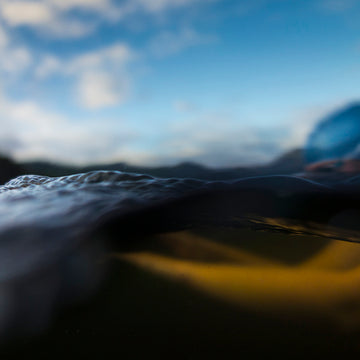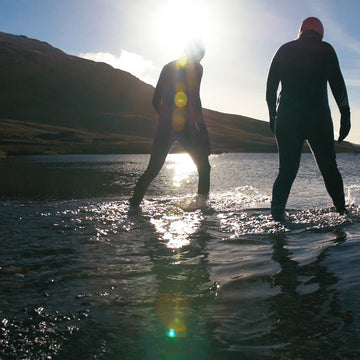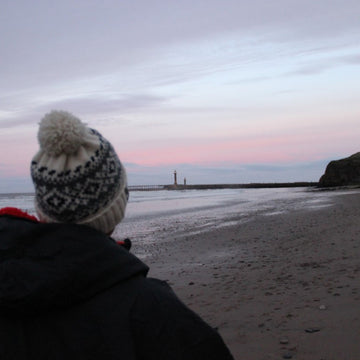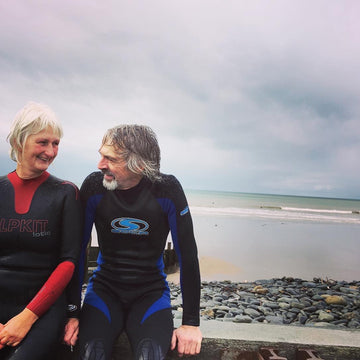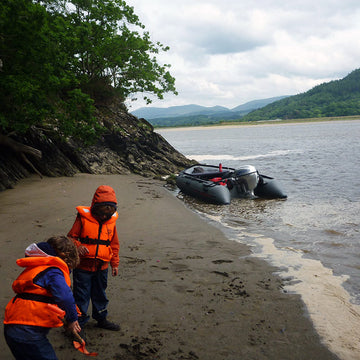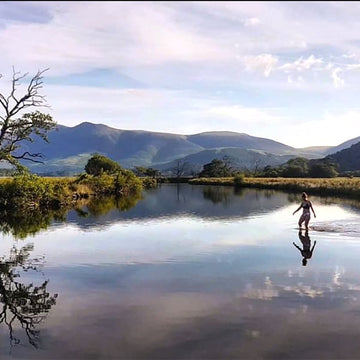
The Frog Whitton is the UKs ultimate Swim-Cycle challenge starting and finishing in Grasmere over 102 miles
Have you ever had an idea that captivated you instantly?
Last year at the Kendal Mountain Festival I watched the Alpkit sponsored film of Dan Duxbury completing the Frog Graham swim-run round.
About 2 minutes into the film I was thinking that it looked amazing, I wanted do it and I felt really inspired. About 2 minutes into the film I remembered that I don’t run. And when I say, I don’t run, what I mean is that I can’t run anymore.But I do cycle and I swim, which got me thinking. About 3 minutes into the film I was wondering what the equivalent swim-cycle challenge would be. About 4 minutes inmy mind landed on the Fred Whitton, arguably the most iconic Lake District cycle route, which I completed a few years ago, a 183km route that takes in all the major climbs in the Lakes with 3700m of ascent. And so, about 5 minutes into the film, The Frog Whitton was born and it would be the swim-cycle equivalent of the Frog Graham swim-run challenge. By the time the session at the mountain festival was over I had already registered the website and was planning the route.
Over the winter months I plotted a route and when spring arrived I began checking possible swim entry and exit points. I had quickly decided that the only way to make the Frog Whitton a continuous journey would be to have a support vehicle that would move the bike from the swim entry to the swim exit. Full route details here.
Lots of training followed. Swimming. Cycling. More swimming.More cycling. Cycling followed by swimming. Swimming followed by cycling and then more swimming.
The day planned in July for completing the challenge arrived with a forecast of heavy rain in the morning and heavy rain in the afternoon. My support crew asked if I wanted to call it off. I decided that I would start and see what happened.
At 7am in Grasmere I mounted my bike under a light drizzle and set off towards the first climb of the day at Kirkstone Pass. This gentle rolling climb with 579m of ascent warmed me up and about an hour later I arrived in Glenridding to start the first swim.
The Ullswater swim was a 3.2km straight line from Glenridding to Aira Force and, apart from Scotty, my paddle board swim support, the lake was deserted. I find there is something very peaceful about a long swim and, although I occasionally looked up to see a GoPro in my face, it was an hour of tranquillity, just me, my breath and the water.
Exiting from Ullswater I jumped back on the bike and began the short climb over Matterdale before heading towards Keswick and Derwentwater. Leg 3 brought the total distance to 55km and 945m of ascent and the clock read3 hours 12 minutes.
The Derwentwater swim is the longest on the route at 3.6km and by the end, my arms felt like they had doubled in weight. Previously the furthest I had swum in a day was 5km, and with nearly 7km covered so far, I was mindful thattwo more swims remained. Psychologically, Crummock Water was the ‘hump’ for me, I felt that if I could swim that then I could get to the end. However, before that came Honister Pass, the first of the 25% gradients on the route. The steep section of Honister feels steep, but in comparison to my arms, my legs felt light and the buzz of the drone flying overhead gave me the impetus to at least appear to be feeling strong.
At Crummockwater I had the joy of putting on a dry wetsuit.Over recent years invasion of non-native freshwater plants and animals have been threatening the Lake District’s wildlife. New Zealand Pigmyweed is one such alienspecies and, in Derwent Water, its growth has led to thick mats of vegetation across the lake bed, out-competing the native species like Water Plantain (which are on the Biodiversity Action Plan red list of species under threat).
Protecting our freshwaters from Invasive Non-Native Species of wildlife (INNS) is something everyone swimming in the lakes has a responsibility towards and this is of significant importance when moving between lakes. Freshwater INNS are able to ‘hitchhike’ on equipment, footwear, clothing and boats and, when moving to a new river, tarn or lake, a species may be transferred and become established, often having devastating effects. New Zealand Pigmyweed can survive in a damp fold of a wetsuit for weeks (more information here).
The way to prevent the spread of INNS is to wash and dry equipment between uses in different water bodies. After the Ullswater swim my support crew washed my wetsuit but there wasn’t anywhere obvious to do this after Derwentwater so I elected to change wetsuit which had the added bonus of being dry and warm.

Photo: Scotty Johnson
The swim in Crummock water was hard and cold. The wetsuit I had borrowed didn’t fit properly and cold water was flushing down my chest with every stroke. In Ullswater I had swum 3.2km in an hour and by now my speed was down to 2.4km in an hour. Upon exitingCrummock, I was shivering and the rain had started. The longest bike leg was next, 82km and 1700m of climbing. My friend Laurie joined me for moral support and we set off as the rain got heavier.
Cold Fell on the west of Cumbria was exactly that, and I shivered my way over the top, grateful for the hills to warm me up and Laurie to talk to. For anyone who has done the Fred Whitton, there is a certain dread that arrives as you cycle along Eskdale. It’s a one of the more beautiful and remote valleys in the Lake District but the experience is always tempered by the knowledge that the 30% gradient of Hardknott pass lies at the end of it. The arrival of Hardknott is a bit like riding into a wall, and with 130 km already covered it felt hard, the kind of hard where the only thing you want in the world is to get off and stop pedalling. But, with the clock ticking over at 8 hours 57 minutes, we rolled over the top of Hardknott on to the treacherous descent and, with worseningrain, descended at about the same speed as we came up.
Only two more climbs to go:the 20% pull up Wrynose Pass followed by the 25% ramp up to Blea Tarn. At the top of Blea Tarn I started to feel that the Frog Whitton was ‘in the bag’ and my legs felt more energetic. With one eye on the clock and my self-imposed target of ‘less than 11 hours’ starting to loom closer we pushed on, mindful that there was still one more swim to come.
I had decided I wouldn’t use a wetsuit for the 1km swim in Rydal as the time taken to get it on and off didn’t seem justified but, as I stripped off on the lake shore, I suspected this was an error. Having started over 10 hours ago and already soaked to the skin, the moment I took my clothes off I felt chilly. The only solution seemed to be to swim as hard as possible and generate plenty of heat, but I hardly kicked my legs and just shivered my way down the lake focused on the other end. I was in for a surprise when I reached the opposite shore as I discovered that my legs wouldn’t bend. More specifically, if I attempted to bend my legs they immediately cramped in excruciating pain. I discovered it’s impossible to go from lying down to standing while keeping your legs straight and you have to bend your knees to get out of the water. However, each and every time I tried to bend them the pain required me to straighten them again. The shivering increased and I tried to haul myself on to the bank on my belly. Looking from the road, my support crew were confused and decided I was taking my time to ‘savour the moment’. Fortunately, after 5 minutes of ‘savouring’ they realised something wasn’t quite right and hauled me out of the water by my shoulders. At this point I was shivering so much I couldn’t dress myself so my arms were stuffed into a jacket as I mounted my bike for the final time.
It’s 2km from Rydal to Grasmere but this became considerably harder when only pedalling with one leg. The continual cramping meant that my left leg had to be kept straight and I wobbled my way along the final stretch. It did eventually warm up and finally I pedalled back to the car park from which I had started 10 hours and 48 minutes previously. There was no glamourous finish, no posing for photos, high fives or raising glasses. The shivering on the film is completely real and with my hands shaking and teeth chattering I made a quick transition into the car to put all the heaters on.

Photo: Victoria Blanco
Ben Dowman’s Frog Whitton numbers
Total distance: 164.2 km (154.2 km cycling, 10 km swimming)
Total time: 10 hours 48 mins
Total ascent: 3079m
No. of transitions: 8
No. of flapjacks eaten: 7
Max heart rate: 168bpm
I couldn’t have done the day without the amazing support from my girlfriend, Vicky Blanco, who managed the logistics incredibly and from Scotty Johnson and Laurie Lambeth who supported me in the water and on the bike. Thanks also to Jon Riley and Scotty Johnson for filming on the day and a massive thank you to Ian Palmer who put hours into the editing the final film.
The number of completions of the Frog Whitton currently stands at one! For more information and to have a go yourself have a look at frogwhitton.

![Straven [Womens]](http://alpkit.com/cdn/shop/files/womens-straven-2025-1.jpg?v=1744723504&width=768)
![Straven [Womens]](http://alpkit.com/cdn/shop/files/womens-straven-2025-3.jpg?v=1744723500&width=768)
![Tarka Wetsuit [Mens]](http://alpkit.com/cdn/shop/files/mens-tarka-2025-1.jpg?v=1744723498&width=768)
![Tarka Wetsuit [Mens]](http://alpkit.com/cdn/shop/files/mens-tarka-2025-4.jpg?v=1744730706&width=768)
![Tarka Wetsuit [Womens]](http://alpkit.com/cdn/shop/files/womens-tarka-2025-1.jpg?v=1744723496&width=768)
![Tarka Wetsuit [Womens]](http://alpkit.com/cdn/shop/files/womens-tarka-2025-3.jpg?v=1744730715&width=768)
![Terrapin Natural Swimming Wetsuit [Mens]](http://alpkit.com/cdn/shop/products/mens-terrapin-e.jpg?v=1695745450&width=768)
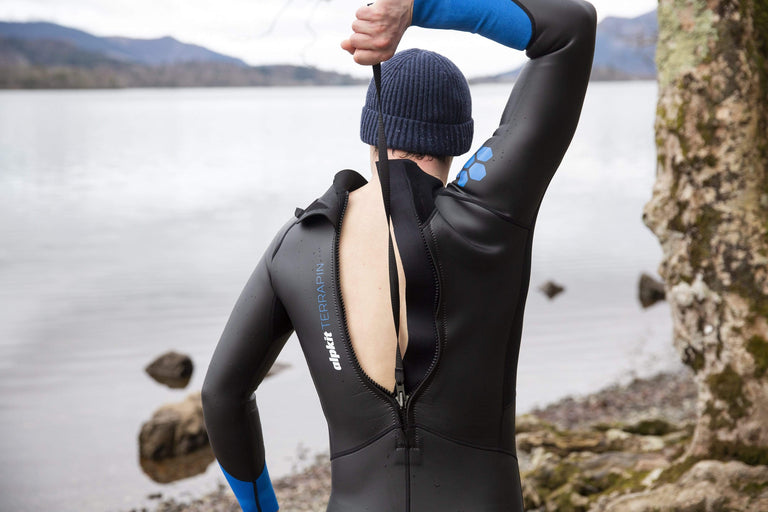
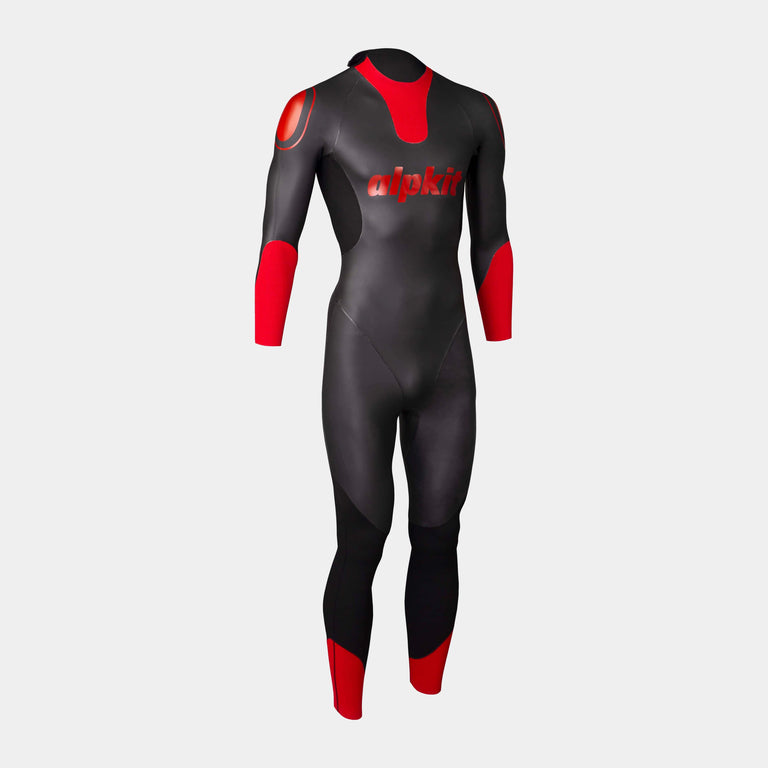
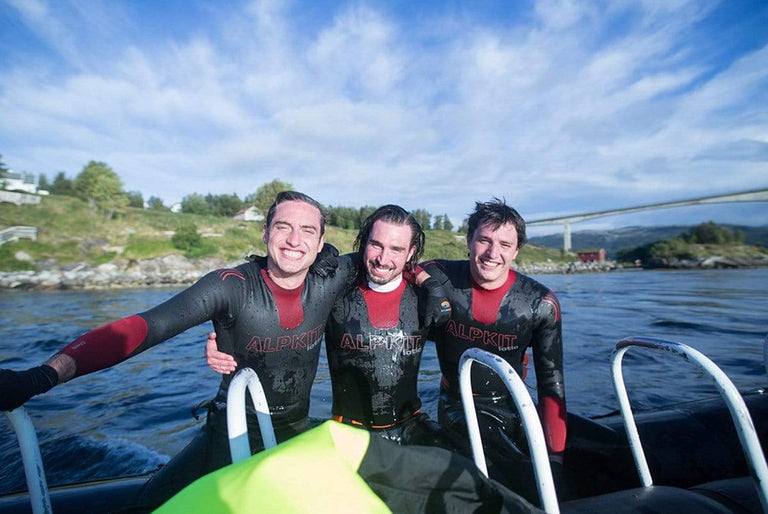

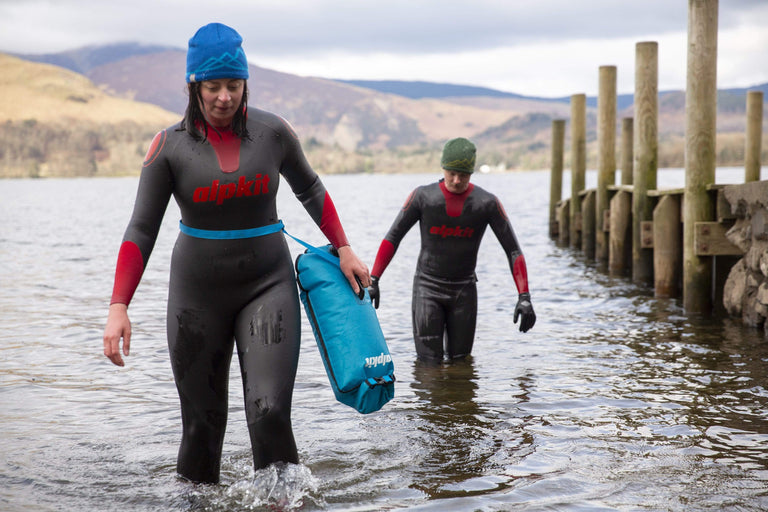
![Silvertip Cold Water Wetsuit [Womens]](http://alpkit.com/cdn/shop/files/silvertip-womens.jpg?v=1706614008&width=768)
![Silvertip Cold Water Wetsuit [Womens]](http://alpkit.com/cdn/shop/files/SWAKSILTSC-neoprene-outdoor-swimming-cap-in-water_758f3933-2d1a-471a-a965-24105416e9b2.jpg?v=1706614013&width=768)
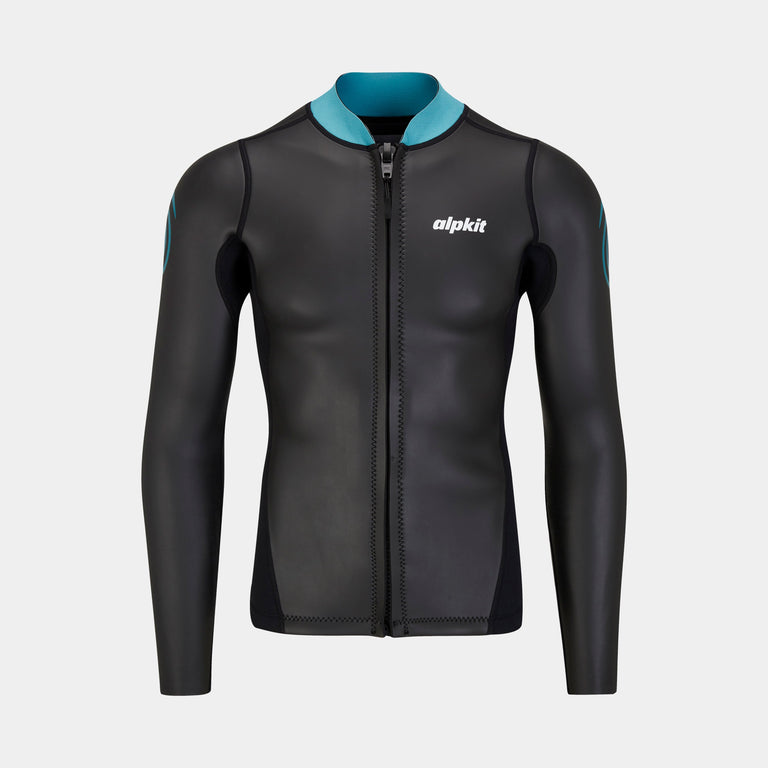
![Element Wetsuit Jacket [Mens]](http://alpkit.com/cdn/shop/products/element-mens-jacket-pants-ecom-2.jpg?v=1695902047&width=768)
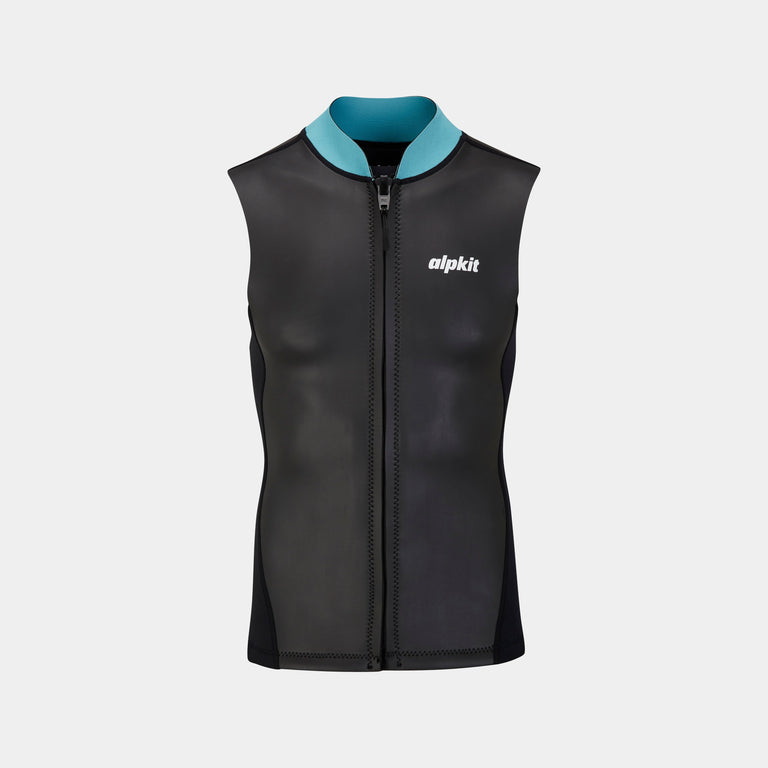
![Element Wetsuit Vest [Mens]](http://alpkit.com/cdn/shop/products/element-mens-vest-shorts-ecom-2_bed513c4-b564-4446-856d-d889f90f885e.jpg?v=1695902060&width=768)

![Element Wetsuit Pants [Mens]](http://alpkit.com/cdn/shop/products/element-mens-jacket-pants-ecom-2_38dbf092-f607-4bbd-bd7a-0477da29bcef.jpg?v=1695902051&width=768)
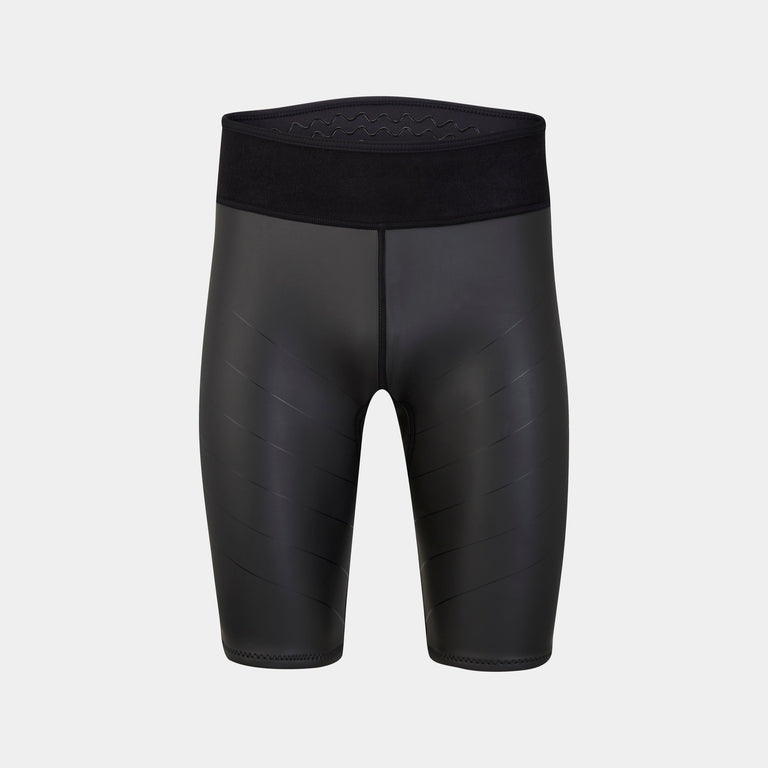
![Element Wetsuit Shorts [Mens]](http://alpkit.com/cdn/shop/products/element-mens-vest-shorts-ecom-2.jpg?v=1695902057&width=768)
![Element Wetsuit Shorts [Womens]](http://alpkit.com/cdn/shop/files/womens-element-shorts.jpg?v=1702653059&width=768)
![Element Wetsuit Shorts [Womens]](http://alpkit.com/cdn/shop/products/element-womens-vest-shorts-ecom-1.jpg?v=1702653054&width=768)
